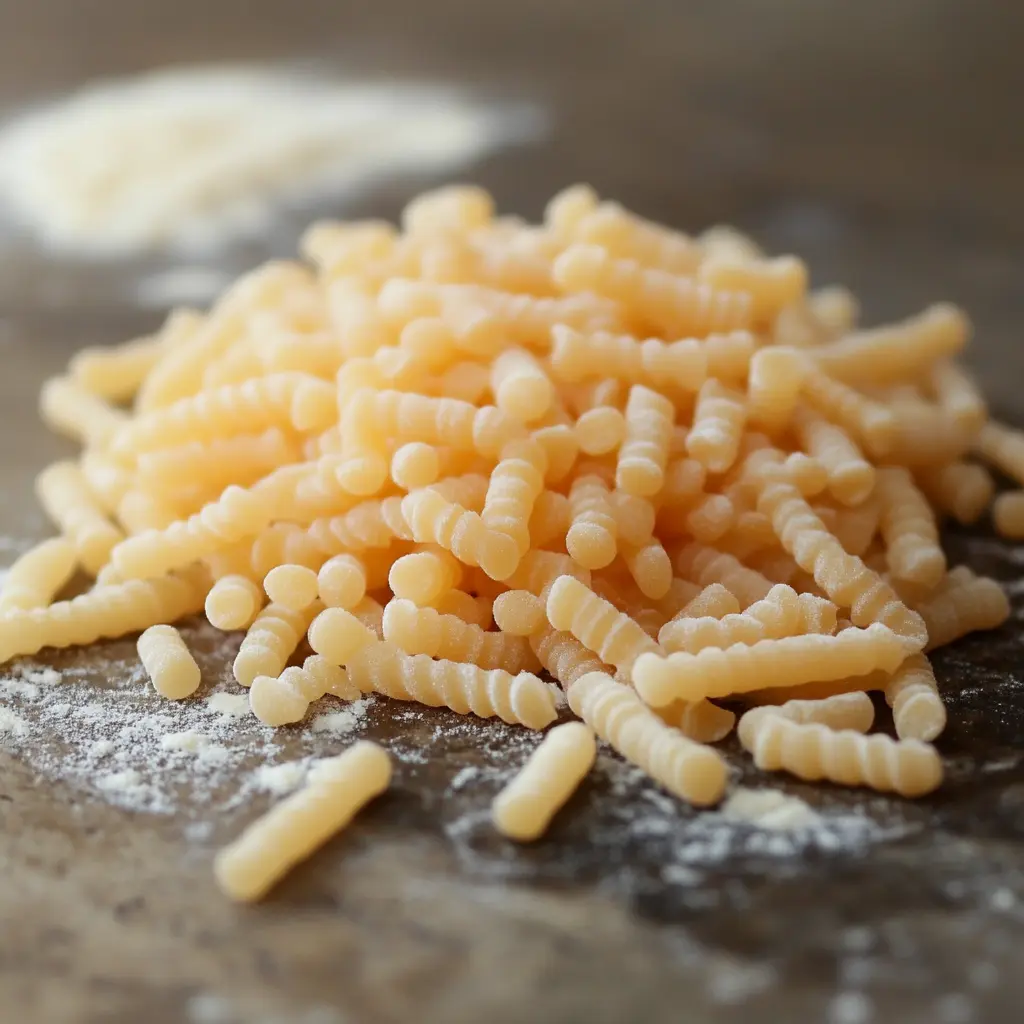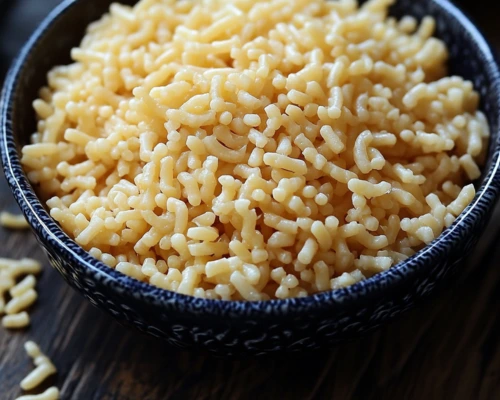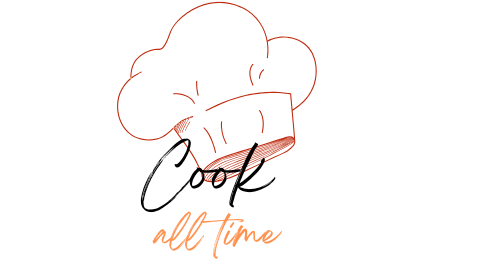Why is Pastina Called Italian Penicillin?
The term “Italian penicillin” refers to the age-old belief in the healing powers of pastina. But why is pastina called Italian penicillin? Its combination of simplicity, nutritional value, and comfort has made it a staple in Italian homes, especially during times of illness or recovery. Paired with nourishing broths, pastina has been used for generations to soothe upset stomachs, boost energy, and provide emotional comfort.
Table of Contents
The History of Pastina Italian penicillin
Pastina, meaning “little pasta” in Italian, originated in Italy and became a symbol of simple yet nourishing cuisine.
- Origins: This pasta was traditionally handmade using basic ingredients like durum wheat and water.
- Cultural significance: Pastina has been a favorite in Italian households, especially for children and the elderly.
- Global spread: Its popularity has grown, and now, variations can be found worldwide.
This iconic dish’s history highlights its enduring appeal across generations.
Understanding the Term “Italian Penicillin”
The nickname “Italian penicillin” reflects the belief that pastina, especially when paired with broth, has healing qualities.
- Healing reputation: Italians often turn to pastina as a first meal during recovery.
- Broth’s role: Nutrient-rich broths amplify pastina’s ability to comfort and restore health.
- Emotional connection: Beyond physical healing, pastina offers a sense of security and care.
This term symbolizes both its physical and emotional restorative powers.
What Makes Italian penicillin a Comfort Food?
Pastina’s small size and soft texture make it a quintessential comfort food.
- Gentle on digestion: It’s easy to eat and doesn’t overwhelm the stomach.
- Customizable flavors: Pair it with butter, cheese, or broth to create personalized dishes.
- Nostalgic appeal: For many, pastina evokes memories of childhood and care.
These qualities ensure its place as a comforting meal for all ages.
The Healing Properties of Pastina in Italian Culture
In Italian culture, pastina is more than just food—it’s a symbol of care and healing.
- Post-illness recovery: Its light yet energizing nature makes it ideal for recuperation.
- Soothing properties: When cooked in broth, it provides warmth and hydration.
- Tradition and trust: Passed down through generations, it’s considered a reliable remedy.
This cultural connection reinforces why pastina is called Italian penicillin.
Nutritional Benefits of Pastina italian penicillin
Though simple, pastina offers several nutritional advantages that support its healing reputation.
- Carbohydrates: A quick energy source for the body.
- Low in fat: Suitable for light meals during recovery.
- Easily digestible: Gentle on the stomach, making it ideal for all ages.
- Customizable: Can be enhanced with nutrient-rich ingredients like vegetables and proteins.
These benefits make pastina a staple in both traditional and modern diets.
Rich Source of Carbohydrates
Carbohydrates are essential for energy, and pastina delivers them in a form that’s easy to digest.
- Fast energy boost: Perfect for children, athletes, or anyone needing quick nourishment.
- Balanced meals: Pair with proteins and fats to create a complete dish.
- Recovery support: Provides the energy needed for healing and recuperation.
This makes it a valuable addition to any meal plan.
Easy on the Stomach
One of pastina’s standout qualities is its ability to be gentle on the stomach.
- For sensitive digestion: Its soft texture and simple ingredients minimize digestive strain.
- Illness recovery: Ideal for those with nausea, upset stomachs, or reduced appetite.
- Versatile preparation: Can be made with minimal seasoning to suit dietary restrictions.
This feature is a key reason why pastina is called Italian penicillin.
The Role of Broth in Enhancing Pastina’s Nutritional Value
Broth plays a crucial role in elevating pastina from a basic carb to a healing meal.
- Rich in nutrients: Bone broths add collagen, minerals, and amino acids.
- Hydration: Provides necessary fluids, especially during illness.
- Flavor enhancer: Adds depth without the need for heavy seasonings.
Combining pastina with broth creates a nutritious and restorative dish.
How Pastina italian penicillin Became a Household Remedy
Pastina’s reputation as a household remedy stems from its cultural and practical value.
- Affordability: Inexpensive and accessible for families of all backgrounds.
- Ease of preparation: Quick to make, even during challenging times.
- Proven effectiveness: Generations of use have solidified its place in home remedies.
This history demonstrates why pastina is called Italian penicillin.
Historical Perspectives on Italian Home Remedies
Italian home remedies emphasize natural, simple solutions like pastina.
- Heritage of care: Italian grandmothers often relied on kitchen staples for healing.
- Complementary ingredients: Foods like garlic, olive oil, and broth are common additions.
- Practical wisdom: These remedies combine nutritional science with traditional practices.
Pastina’s role highlights its importance in Italian culinary medicine.
Why Grandmothers Swear by Pastina italian penicillin
Italian grandmothers hold pastina in high regard for good reasons.
- Reliability: Always on hand, it’s a go-to for illness or bad weather.
- Adaptability: Easily adjusted to suit individual preferences.
- Emotional care: Cooking pastina for loved ones expresses love and concern.
Their endorsement underscores why pastina is called Italian penicillin.
Symbolism of Pastina italian penicillin in Family and Tradition
Pastina symbolizes care, warmth, and tradition in Italian culture.

- Family meals: Often served during family gatherings or quiet evenings at home.
- Passing traditions: Recipes and techniques are handed down through generations.
- Cultural identity: Represents Italian values of simplicity and togetherness.
This symbolism enhances its emotional and cultural significance.
Modern-Day Uses of Pastina italian penicillin
In today’s kitchens, pastina remains a versatile and beloved ingredient.
- Recovery meals: Still trusted for its soothing properties.
- Comfort food: A quick solution for busy days or emotional pick-me-ups.
- Creative recipes: Modern chefs incorporate it into salads, casseroles, and desserts.
These uses ensure its relevance in contemporary cooking.
Pastina italian penicillin as a Recovery Meal
As a recovery meal, pastina offers unmatched comfort and nutrition.
- Mild flavor: Perfect for sensitive palates during illness.
- Easily fortified: Add eggs, cheese, or vegetables for extra nutrients.
- Quick preparation: A lifesaver when energy is low.
Its recovery benefits highlight why pastina is called Italian penicillin.
Innovative Pastina italian penicillin Recipes
Modern recipes bring fresh takes on this classic ingredient.

- Pastina risotto: Cook like risotto for a creamy, elevated dish.
- Mediterranean bowl: Combine with olive oil, herbs, and roasted vegetables.
- Sweet pastina: Prepare with milk, sugar, and cinnamon for a dessert option.
These innovations expand pastina’s culinary possibilities.
Why Pastina is a Kid-Friendly Dish
Children love pastina for its size, taste, and texture.
- Easy to eat: Small and soft, it’s perfect for little mouths.
- Customizable flavors: Add butter, cheese, or mild sauces for appeal.
- Nutritious: Paired with broth or vegetables, it supports healthy growth.
This makes it a staple in family meals.
Nutritious Variations for Children
Pastina is an ideal meal for children due to its size, digestibility, and adaptability. But why is pastina called Italian penicillin when it comes to kids? It’s not just about tradition—it’s also about nutrition.
- Vegetable-packed pastina: Add pureed carrots, spinach, or peas for extra vitamins.
- Cheese-infused dishes: Melted cheese provides calcium and protein, essential for growth.
- Protein boost: Stir in scrambled eggs or shredded chicken to make a balanced meal.
These variations ensure children receive a meal that is both delicious and nourishing, making it a favorite among parents worldwide.
The Global Impact of Pastina
Though rooted in Italian culture, pastina has made its way to kitchens across the globe. Why is pastina called Italian penicillin internationally? Its reputation as a comfort food transcends borders.
- Adoption in other cuisines: Countries have integrated pastina into their culinary traditions, often pairing it with regional flavors.
- Global accessibility: Its affordability and versatility have made it a household staple in diverse cultures.
- Universal appeal: The comforting qualities of pastina resonate with people everywhere, especially during illness or recovery.
Pastina’s global impact highlights its significance far beyond Italian borders.
Pastina’s Adaptation in Non-Italian Cuisines
Non-Italian cuisines have embraced pastina and incorporated it into their dishes.
- In Asian cuisines: Used in light broths similar to noodle soups.
- Middle Eastern adaptations: Combined with lentils or chickpeas for a hearty meal.
- American variations: Featured in casseroles or creamy soups.
These adaptations showcase the versatility of pastina, affirming its status as a universally loved food.
Cultural Significance Across Borders
Pastina holds symbolic meaning in many cultures, not just in Italy.
- Symbol of care: Like chicken soup in American households, pastina is associated with love and recovery.
- Family traditions: Many families have their own passed-down pastina recipes.
- Healing properties: Its reputation as a remedy for the sick is a common thread across cultures.
This cultural significance explains why pastina is called Italian penicillin by people around the world.
How to Prepare Pastina: Classic and Modern Takes
Preparing pastina can be as simple or as creative as you want. Its adaptability is one reason why pastina is called Italian penicillin.
For inspiration on pastina recipes, explore Pastina Soup for a classic take.
Traditional Recipe
The classic pastina recipe involves cooking it in broth and adding a touch of butter or Parmesan.
- Ingredients: Pastina, chicken or vegetable broth, butter, Parmesan cheese.
- Instructions: Cook pastina in broth, then stir in butter and cheese for a creamy finish.
Variations with a Twist
- Vegan version: Use vegetable broth and nutritional yeast instead of cheese.
- Sweet pastina: Cook with milk, sugar, and a dash of cinnamon for a comforting dessert.
- Protein-packed bowl: Add eggs, beans, or shredded meat to boost nutritional value.
These recipes ensure there’s a pastina dish for every palate and dietary need.
The Connection Between Food and Healing
Food plays a vital role in recovery, and pastina embodies this connection.
Psychological Comfort of Warm Meals
Warm meals like pastina offer emotional support during illness.
- Soothing effect: The warmth calms both body and mind.
- Nostalgia: Familiar dishes like pastina evoke feelings of safety and care.
- Stress relief: Simple, nourishing meals help reduce anxiety during difficult times.
How Food Impacts Physical Recovery
The nutritional profile of pastina supports physical recovery.
- Hydration: When cooked in broth, it provides fluids essential for healing.
- Energy boost: Carbohydrates in pastina replenish depleted energy levels.
- Digestive aid: Its gentle nature promotes gut health during recovery.
These qualities explain why pastina is called Italian penicillin for those seeking both physical and emotional relief.
Frequently Asked Questions About Pastina
What Is the Best Way to Serve Pastina?
Serve it in broth for a simple, comforting dish, or enhance it with vegetables, cheese, or protein for a heartier meal.
Is Pastina Gluten-Free?
Traditional pastina is not gluten-free, but there are gluten-free versions made from rice, quinoa, or chickpea flour.
Why Is Pastina Hard to Find Today?
Some brands have reduced production, but alternatives and homemade options keep it accessible for pastina lovers.
Can You Substitute Other Pasta for Pastina?
Small pasta shapes like orzo or couscous can be used, but they may not achieve the same texture or nostalgic appeal.
How Does Pastina Compare to Modern Health Foods?
While pastina isn’t a superfood, its digestibility, comfort, and versatility make it a balanced choice alongside other modern health options.
What Are the Best Broths for Cooking Pastina?
Chicken, vegetable, and bone broths are all excellent choices, each offering distinct flavors and nutritional benefits.
Conclusion
So, why is pastina called Italian penicillin? Its healing reputation is rooted in tradition, nutrition, and cultural significance. From its role in comforting the sick to its global adaptations and creative recipes, pastina continues to nourish both body and soul. Whether prepared in classic or modern ways, this tiny pasta proves that simple foods can have powerful impacts. By keeping pastina in your kitchen, you’re embracing a timeless remedy that offers comfort, care, and connection.


1 thought on “Why Is Pastina Called Italian Penicillin? Exploring Its Healing Powers”